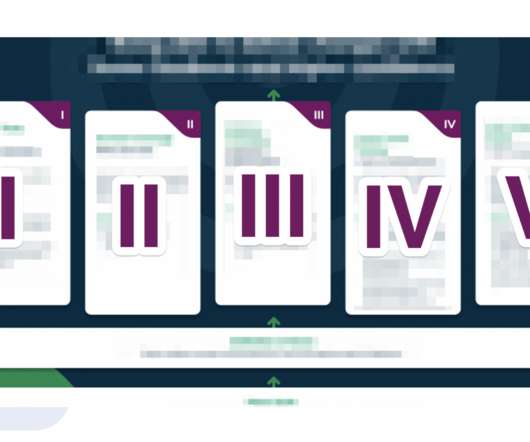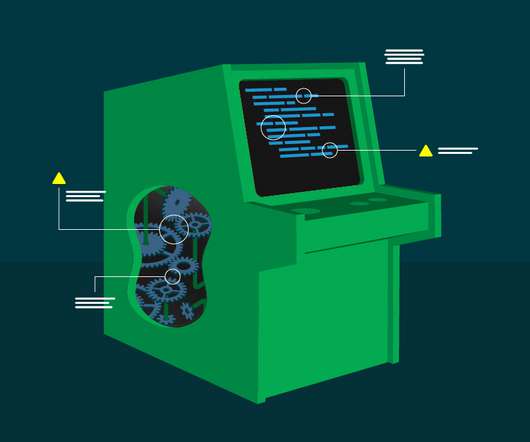A Software Engineering Career Ladder
James Shore
APRIL 27, 2024
What I’m really doing is changing the engineering culture at OpenSesame. Culture doesn’t change easily. I’m hoping this will help direct people to new behaviors, which will in turn start to change the engineering culture. Bigger than a breadbox, anyway. It tends to snap back. This makes room for a lot more skills.















Let's personalize your content